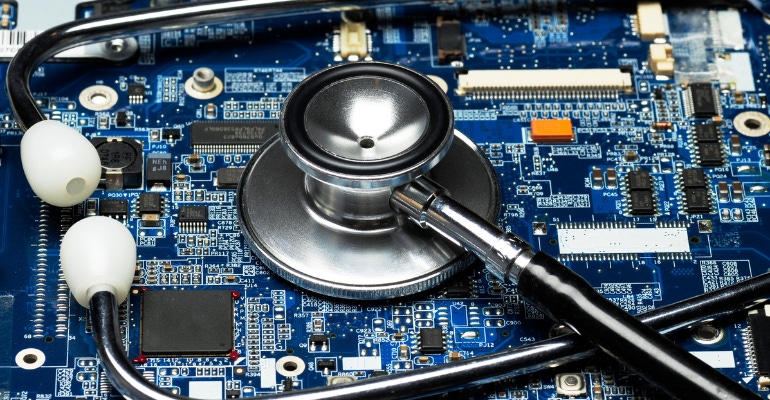What international set of technical standards was originally developed as a German National Standard for medical electrical equipment?
May 23, 2023

Although it has gone through several iterations over the years, the IEC 60601-1 has played an important part in ensuring the safety of medical electrical equipment.
But did you know that, prior to being published by the International Electrotechnical Commission (IEC) as IEC 60601-1, this set of technical standards was originally developed as German National Standard VDE 0750, and compliance was required for medical electrical equipment sold in that country? From there, the standard became a European Norm (EN 60601-1), and then it became an international standard published by the IEC as IEC 60601-1.
Mike W. Schmidt shared some of the history of the IEC 60601-1 in a series of articles published by MD+DI in 2005 just ahead of the IEC publishing the third edition of the standard.
"Those who haven't followed the development of the third edition of 60601-1 are likely to be surprised by the new standard," Schmidt wrote. "The new edition introduces a dramatic shift in the philosophy behind device safety standards. It combines product requirements (similar to those in the second edition) with process requirements (in the form of risk management) into a single document."
The third edition of IEC/EN 60601-1 also introduced the concept of essential performance. Essential performance refers to those characteristics of a device's operation that can directly affect the safety of the patient, the user, or others.
"The document is no longer simply a test standard made up of definitive risk-control measures, prescribed safety limits, and specific test procedures," Harvey Rudolph and Charles Sidebottom of Underwriters Laboratories and Medtronic, respectively, wrote for MD+DI in January 2006. "The third edition represents a transition from test specification to risk management and all the changes that such a transition entails. It is essential to examine the effect of these changes on third-party certifiers and how they will need to certify to the third edition."
Jean-Louis Evans also wrote about the third edition of the standard, which offered a transition period up to 2012.
"For many, the third edition represents a much-needed update because the use of medical equipment in clinics and in homes has changed significantly. Electronic medical equipment is omnipresent in people’s lives and the updated standard aims to reflect those changes," Evans wrote.
The fourth edition of the IEC 60601-1 standard, published in 2014, better harmonized with the risk concepts and basic safety, Lorenzo Cividino, director of global applications and support at SL Power Electronics, told MD+DI in an interview in 2017.
"Life-support equipment is no longer referenced; rather, emphasis is made for the risk management file (RMF), and the expectation of the medical equipment to provide basic safety and essential performance without being interfered by or interfering with other equipment in the electromagnetic environments in which they are intended to be used," Cividino said. "With more and more electronics in medical equipment and wireless devices expanding in the market place and used in medical devices, ensuring proper function of devices like infusion pumps, ECG's, defibrillators, pacemakers, electrical surgical equipment and other devices is paramount."
About the Author(s)
You May Also Like




